Expensive basic food
- Many basic foods contain gluten in their ingredients, and buying these gluten-free products is much more expensive – among other things because they are subject to a higher VAT. The conclusion? Yes. That the pockets of celiacs who have to follow a gluten-free diet are wasted, without receiving any subsidies, because the administration does not accept the special diet as a treatment.
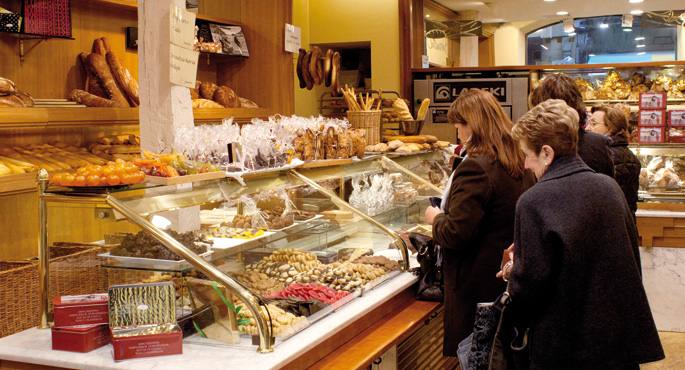
The kilo of Maria biscuits costs 1.91 euros, but without gluten 11.40 euros; the kilo of cooked ham 8.19 euros, without gluten 10.04; the kilo of bread 2.51, without gluten 12.56; the kilo of macaroni 1.44, without gluten 7.36... The list is long and the difference between the prices is great. These are the results of the 2011 food list launched by the Spanish celiac federation, comparing the averages of large supermarkets.
Celiacs are intolerant to gluten – specifically gluten gliadin proteins – and if they eat products that contain it, they risk interfering with digestion and causing harmful effects. Wheat, barley, rye, triticale, kamut, spelt and oats contain gluten, so products such as bread, flour, pasta, soup, biscuits, chocolate or beer are prohibited for celiacs. Additionally, in the industrial production of many food products, gluten is added to thicken or gel, and canned, paté, sweet, coffee and/or pork cans often contain gluten.
As a result, they have to buy all of them prepared gluten-free for an expensive price. This year, basic foods have been subject to a VAT rate of 6% in Spain, but these same products, when they are gluten-free, have a VAT rate of 9%, since they are considered as special foods. “It doesn’t seem fair to us and we have filed an appeal, but we have been told that the law says so. Well, let them change it! They don’t even think about it, and there’s a three-point difference!” complains Mireia Apraiz, director of the Celiac Association of the Basque Country. The problem is that basic foods are affected by the increase in prices, and in bakery products, pasta foods are the ones with the greatest price differences.
Celiac associations have asked for gluten-free foods to be included in therapeutic diets because the same diet is the treatment of celiacs, currently there is
no other treatment to combat the disease and they have the necessary products, “but we have been told that if you want celiacs have alternative products, you can eat rice cakes instead of bread for example... They do not realize that we are looking for the normalization of celiacs and that when the child goes on a field trip with their peers it is not the same to carry a mouthpiece or with rice cakes, the children want to integrate, the apraids.” In fact, in countries such as the French State, the United Kingdom or Italy, celiacs receive subsidies; they can buy many products by prescription with discounts.
Apraiz explains that in different communities of the Spanish State, money is given to celiac associations so that they can decide between which and how to distribute the money, but it does not seem appropriate because this is the job of the administration: “We don’t want this kind of support, what we need is to take measures that affect products to reduce existing economic inequalities. As we have already said, these foods are intrinsic to the treatment of celiac disease, they are not capricious products: therefore, we demand the same treatment as basic products containing gluten, 6% VAT, and that they can be de-recorded in the Hacienda using purchase tickets, according to consumption – as was done before.”
Aizpea González also sees the aid as necessary because the daily expenditure is high: “If you have a doctor’s note saying that you are celiac, they should give you some help or put the products at the same price as the rest.” Gonzalez is a Zestoan with a 7-year-old celiac daughter, Saiyan. He was diagnosed at the age of one and a half years after seeing that he was harmed when he was given the bottle with cereals. They then went to the Association of Celiacs of the Basque Country, one of the informative meetings they hold for their new members, and gave them the brochure with products and brands that the Program could eat. “We compared what we used to eat at home to the list and adapted gluten-containing foods to the brands on the gluten-free list. The program has its own cookies and we have ours, but most of it is gluten-free for everyone in the family: I add gluten-free chorizo to the berries and that’s it.” The problem is the price: “Gluten-free products are considerably more expensive and we spend twice as much on everyday food. Flour, for example, is something that you use every day, because a bag of 1 kilo costs 3.5 euros and for example, grated bread is very expensive. We have now reduced our consumption and used less flour and such,” says Aizpea González.
What’s more, you don’t have much of a headache to find gluten-free food; if it’s not in the supermarket, you can find what you need in the herbalist shop in Zestoa. But with the label, you have to be careful.
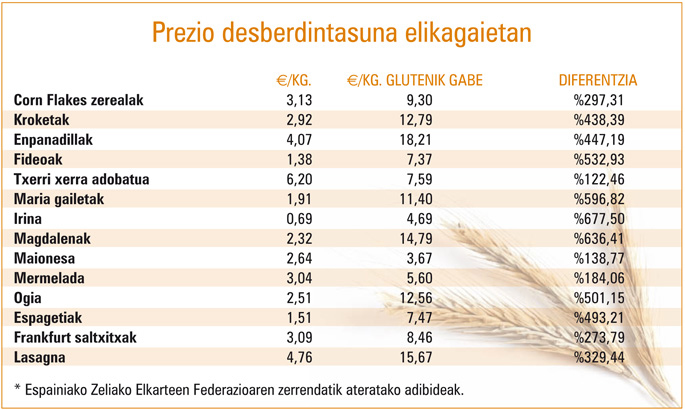
Tag is unreliable
To indicate that it is a gluten-free product, the deleted wheat head symbol is generalized on the labels. However, Mireia Apraiz warns that this symbol has been used uncontrollably and therefore the criterion to be taken into account is the list that the Federation launches every year, with brands certified gluten-free. The foods on this list provide data on the process and ingredients for passing and performing analytical controls. On the other hand, for the director, wearing a deleted head of wheat is not a guarantee, because the administration does not control them if there have been no previous complaints: “It has to be proven that it is really gluten-free, because there are several companies that give them the symbol and then when we ask them for information from the Federation, they don’t want to send it to us. That’s not reliable for us.” Among other things, it is necessary to take into account the so-called mixed contamination: although there is no gluten among the ingredients, there may be traces of gluten caused by the industrial process – for example, when making bread without gluten, traces may remain in the machine.
Intestinal disease affecting 1% of the population
One in a hundred citizens is celiac. It has digestive problems. The hairs that we have in the small intestine contribute to digestion, but gluten (gliadin) destroys these hairs in celiacs and as a result of poor digestion they can give diarrhea, nausea, loss of appetite, dermatitis, abdominal pain, fatigue, malnutrition... It is a chronic disease, and for now, the gluten-free diet is the only treatment available to keep the disease under control, keep it healthy and regenerate intestinal hair. The Dutch pediatrician Williem Kare Dicke realized this when, in 1950, he realized that II. That the patients’ situation improved significantly when there was a shortage of wheat derivatives during the World War.
Celiac disease can occur at any age, be it a child or an adult, and can be caused by a viral infection. It has been shown that the genetic factor is involved, but it is not clear how it is inherited. An intestinal biopsy is essential for diagnosis, and once the disease has been proven, it is essential to always maintain a gluten-free diet, even if the symptoms disappear, because traces of gluten can lead to harmful effects.
Following the diet means avoiding 70% of the products marketed in the European Union. However, gluten is not a mandatory protein for humans and celiacs can lead to a healthy and balanced diet. After all, as the celiac associations have made clear, the issue is another: the economic hole that allows them to continue the treatment in the absence of the support of the administration.
Bi erizainetatik batek lanean eraso sexistak jasaten dituela azalerazi du Erizainen Ordenak joan den urte bukaeran egin ikerketak. 21.000 erizainek ihardetsi dute, sektore pribatu, publiko eta liberaletik. Hauetan 2.500 gizonak dira.
These were my last words when we left, held hand in your deep breathing sleep. Your heart stayed forever without a special, simple, dignified pain. As you want and demand. How we want and respect.
Already a month before the arrival of winter, the last days of the longest night,... [+]









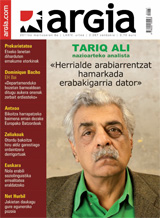




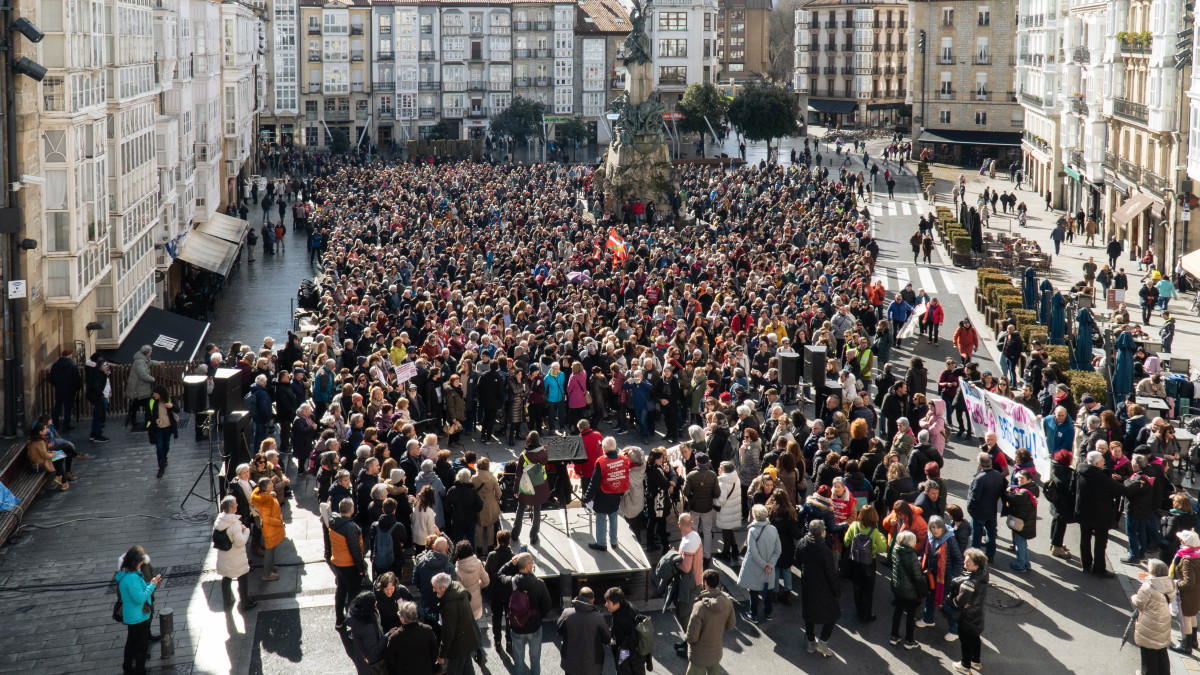

.jpg)

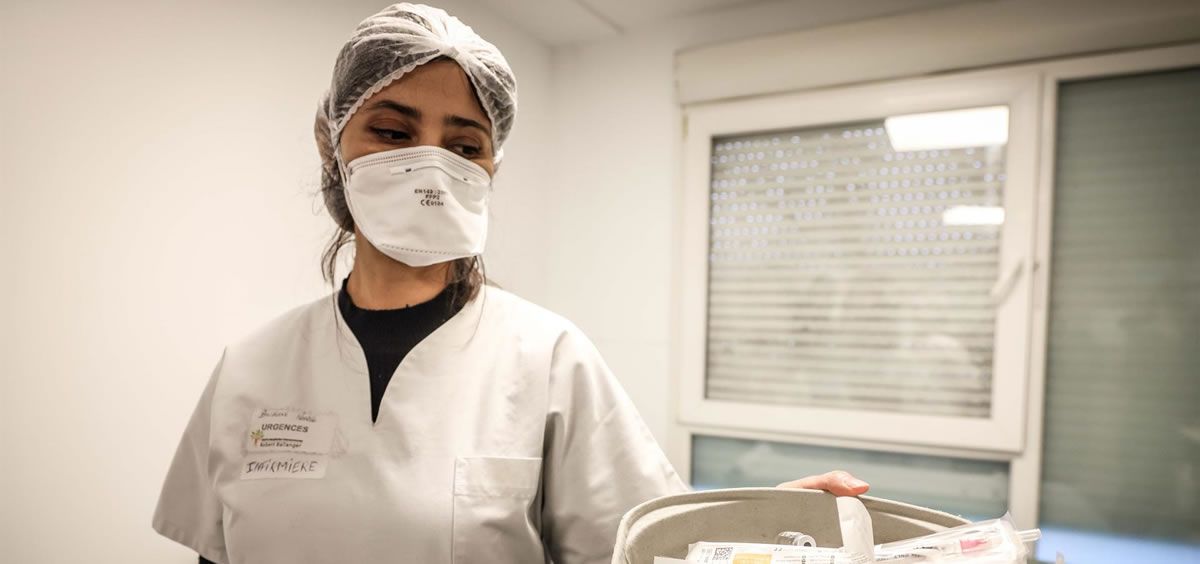
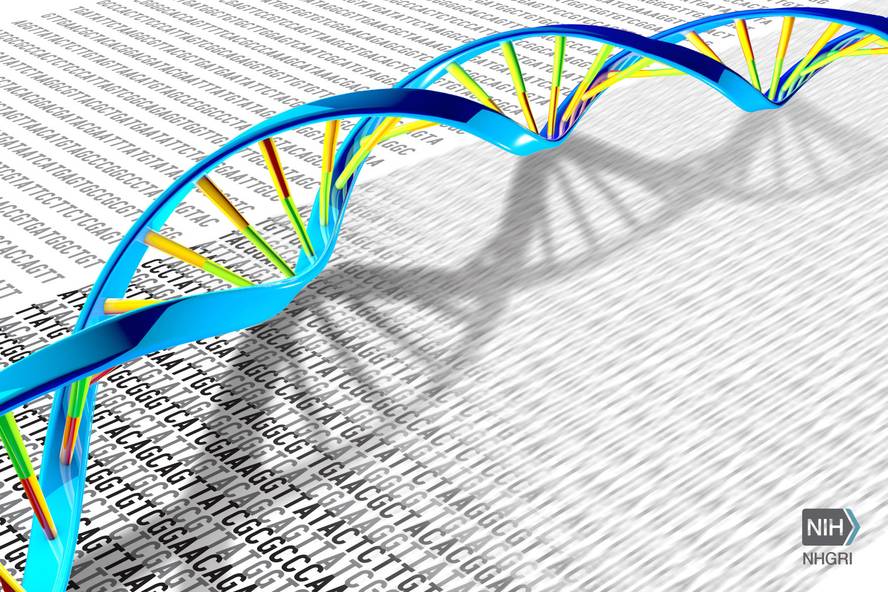

.jpg)
.jpg)